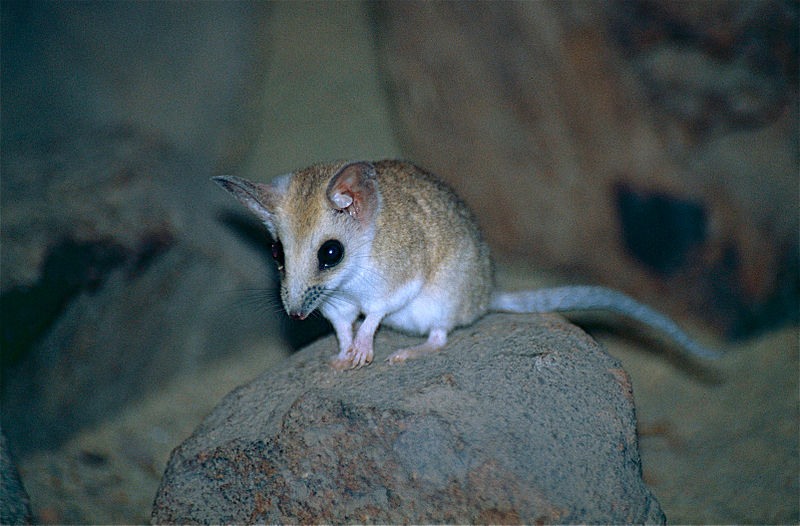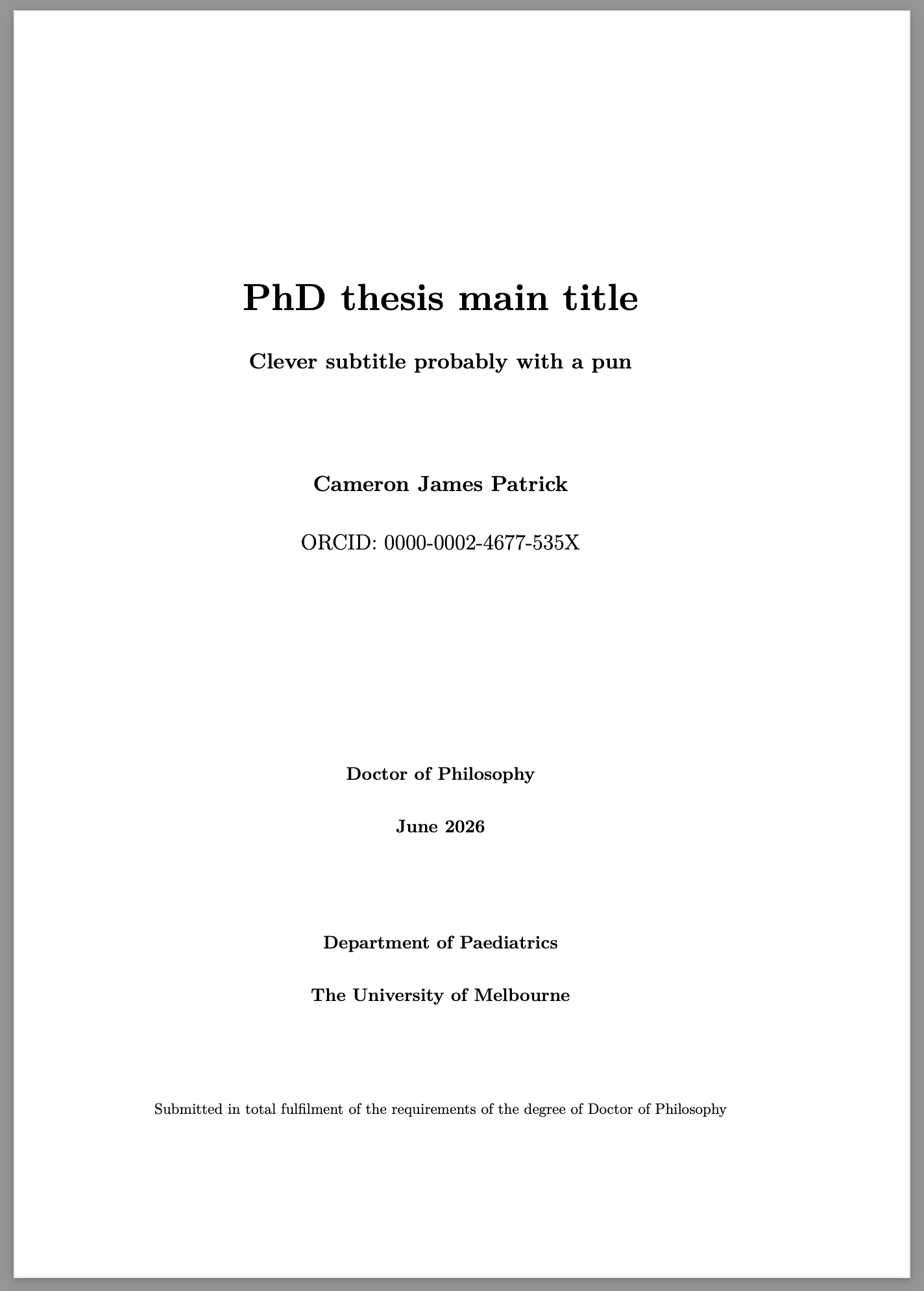I am a PhD student with the Clinical Epidemiology & Biostatistics Unit (CEBU) at the Murdoch Children’s Research Institute in Melbourne, Australia. My research is about estimating complier average causal effects (CACE) in clinical trials in the presence of missing data. My supervisors are Professor Katherine Lee, Associate Professor Margarita Moreno-Betancur and Dr Thomas Sullivan.
I also work part-time as a statistical consultant at the University of Melbourne Statistical Consulting Centre (SCC), where I’ve worked since 2017. This involves working with researchers at the University and clients outside the University. We can assist with all stages of quantitative research: designing experiments or surveys, planning an appropriate analysis, analysing data, making graphs and communicating results clearly in papers or reports. As part of my role at the SCC, I also teach the short course Introduction to R and Reproducible Research twice per year, alongside Dr Sandy Clarke-Errey.
I’ve been on the Statistical Society of Australia Victoria and Tasmania Branch Council since 2021.
You can find me on Twitter or email me at cameron.patrick@unimelb.edu.au
Education
PhD (in progress)
University of Melbourne, 2023—
Master of Science (Mathematics and Statistics)
University of Melbourne, 2016
Bachelor of Science (Pure Mathematics)
University of Western Australia, 2009



